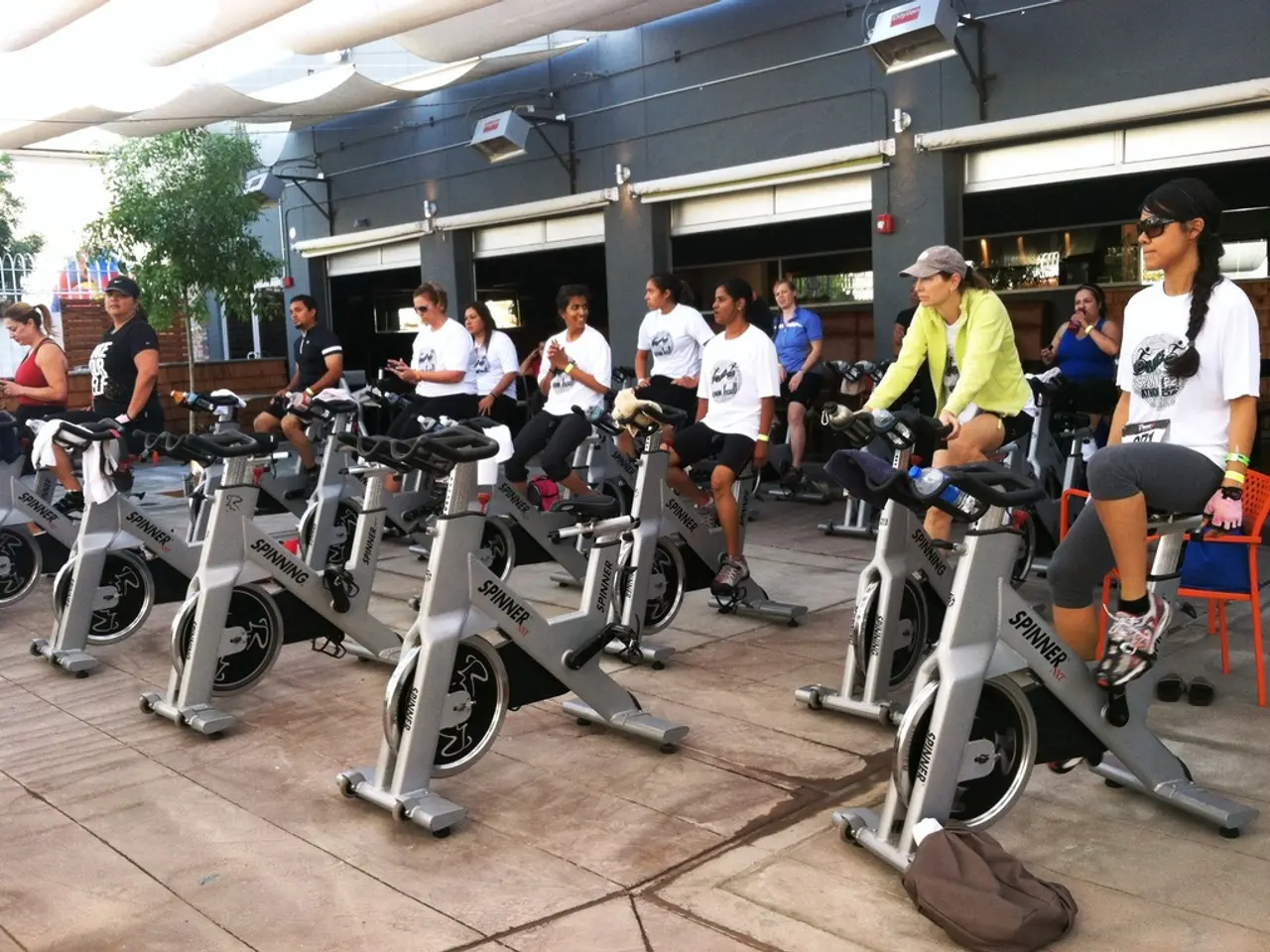Verifying Information Together: Boosting Precision and Credibility
In the digital age, misinformation has become a significant challenge, threatening the integrity of information and the well-being of societies worldwide. However, several collaborative fact-checking initiatives have emerged as powerful tools in combating this issue. These collaborations pool resources, expertise, and standardized data tools across organizations and countries, significantly enhancing their impact.
One such initiative is the ClaimReview and MediaReview by Duke Reporters' Lab. These twin tagging systems enable fact-checkers worldwide to enter standardized data about fact-checks, creating a large, structured global database called Fact-Check Insights. With over 180,000 political claims and hoaxes fact-checked by independent groups, this collaboration has provided valuable insights for researchers and journalists, helping them study misinformation patterns, understand where false information proliferates, and develop informed strategies to counter lies and manipulated media. ClaimReview is considered the most successful structured journalism project globally and is supported by the Google News Initiative.
Artificial Intelligence (AI) is also playing a crucial role in collaborative fact-checking. Initiatives like the ACMMM25 Grand Challenge and Horizon Europe Projects employ AI tools to identify disinformation actors, trace false narratives, and support fact-checkers in verifying claims. However, human fact-checkers remain essential for nuanced judgments. These initiatives aim to bridge the gap between AI capabilities and expert fact-checkers, fostering innovation and strengthening joint efforts against misinformation, particularly as AI-generated synthetic media becomes more prevalent and challenging.
Cross-border collaborations among journalism outlets are another key component of the fight against misinformation. Networks like the European Investigative Collaborations (EIC) and the International Consortium of Investigative Journalists (ICIJ) have conducted extensive cross-border investigations, exposing misinformation and complex global stories. Regional collaborations also uncover critical issues such as illegal fishing in Asia-Pacific or wildlife trafficking in Africa, demonstrating how collaboration enhances reporting depth and reach.
These collaborative fact-checking initiatives have several benefits. They improve the accuracy, reach, and timeliness of debunking misinformation. Standardized data tools like ClaimReview create a valuable research base to understand misinformation dynamics, aiding policymakers and platforms in addressing false content. Cross-border collaborations enable tackling complex or hidden misinformation that affects multiple countries or regions, increasing accountability and public awareness globally. AI-human synergy in fact-checking enhances scalability and responsiveness to fast-evolving misinformation, especially with the rise of AI-generated falsehoods.
In conclusion, collaborative fact-checking initiatives—through shared tools, joint investigations, and AI integration—have become essential and successful strategies in the global fight against misinformation. Embracing collaboration will be essential for promoting a well-informed public capable of navigating complex issues with confidence. These initiatives demonstrate that working together is the key to a more accurate, reliable, and trustworthy information landscape.
- The ClaimReview and MediaReview by Duke Reporters' Lab, a collaborative fact-checking initiative, has significantly contributed to the health-and-wellness of societies by providing valuable insights into misinformation patterns, helping to combat the spread of false information.
- Artificial Intelligence (AI) plays a crucial role in collaborative fact-checking initiatives, such as the ACMMM25 Grand Challenge and Horizon Europe Projects, which employ AI tools for therapies-and-treatments of disinformation actors and false narratives, ultimately strengthening societies' defense against misinformation.




